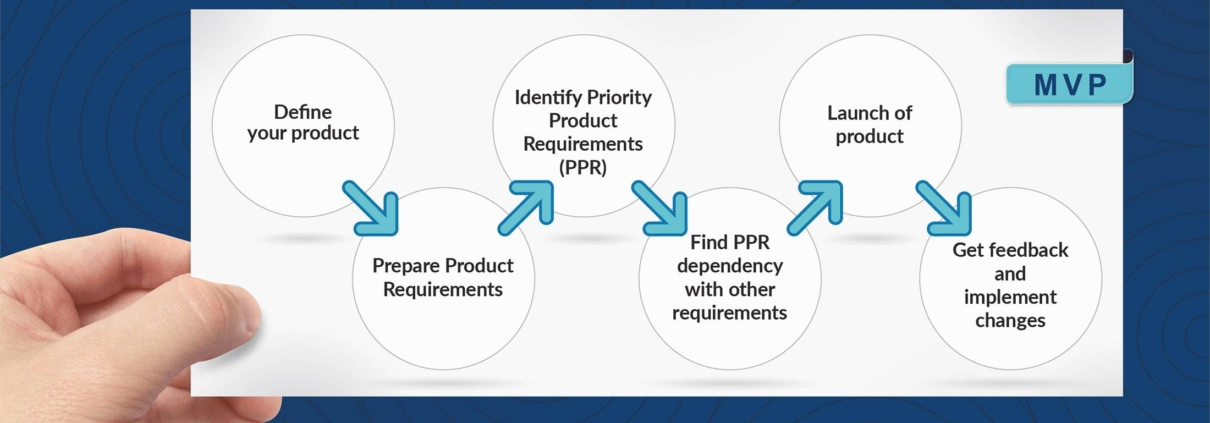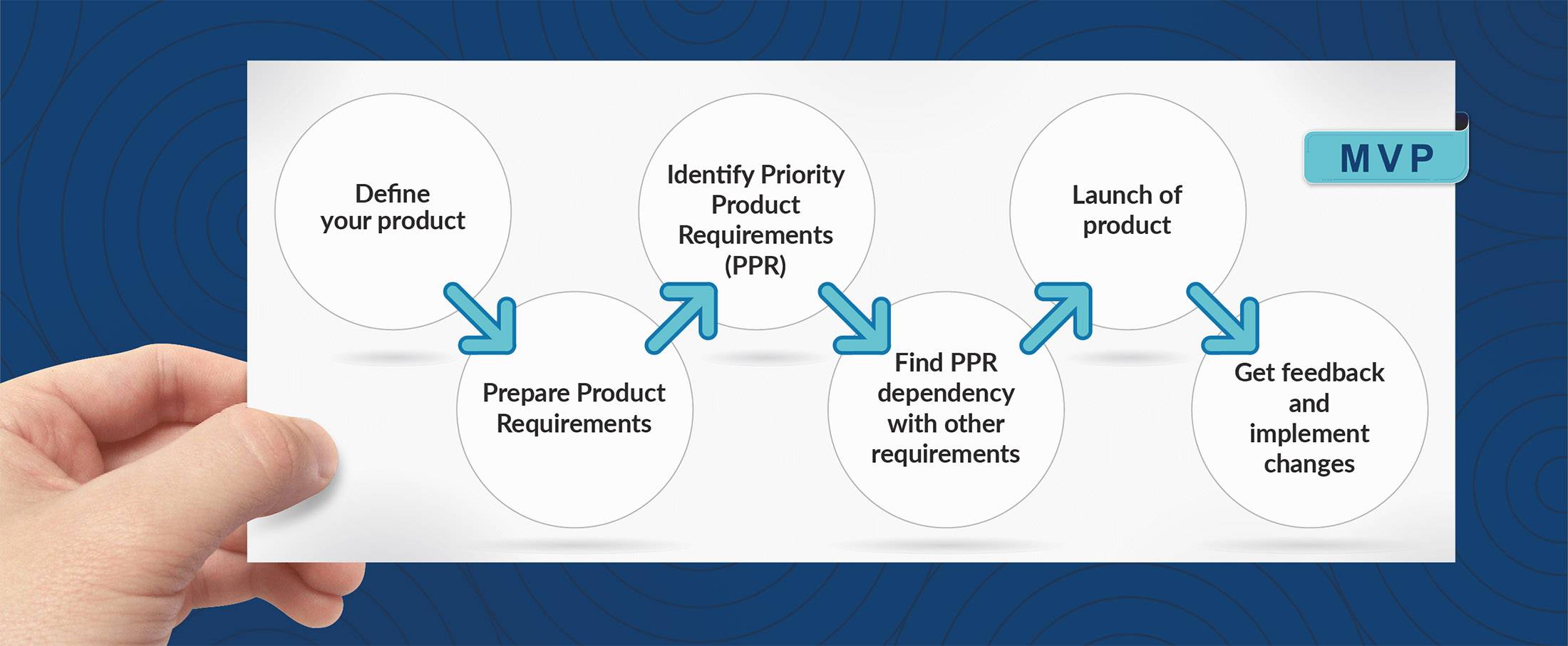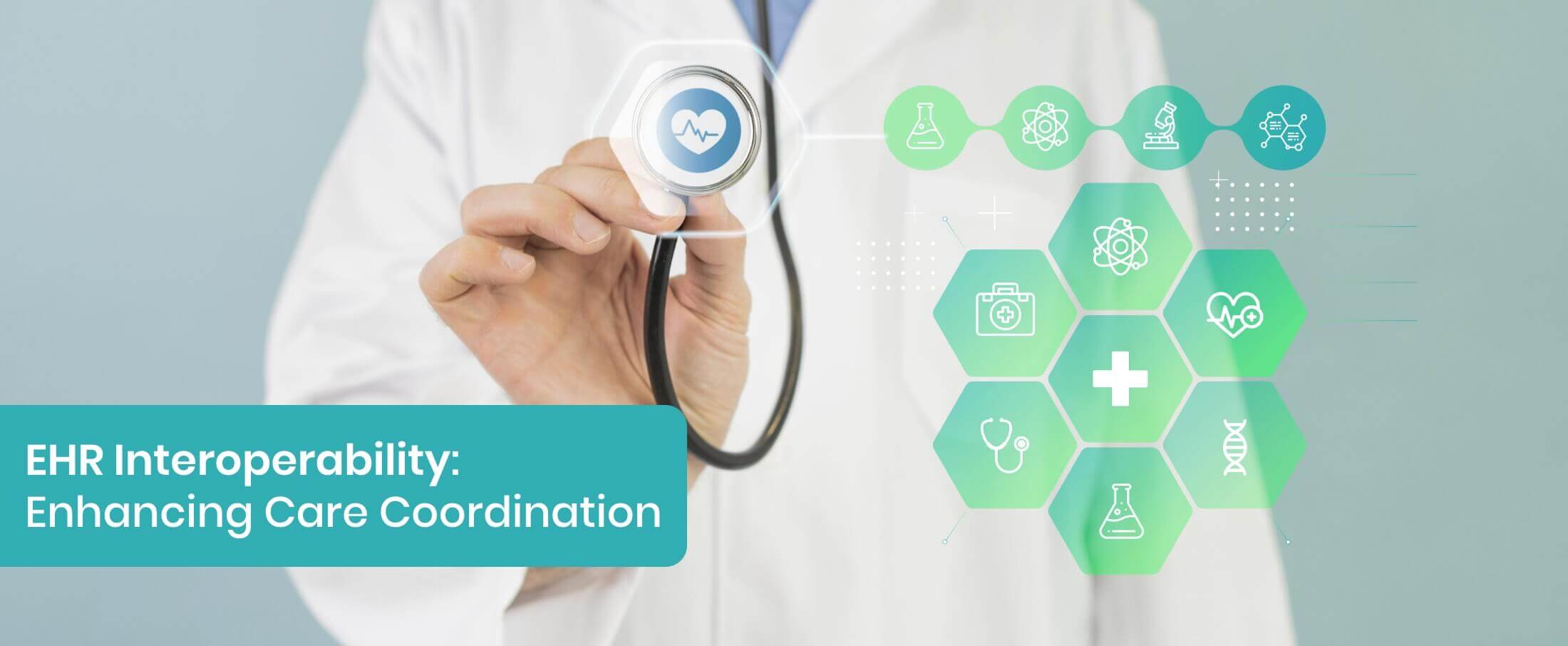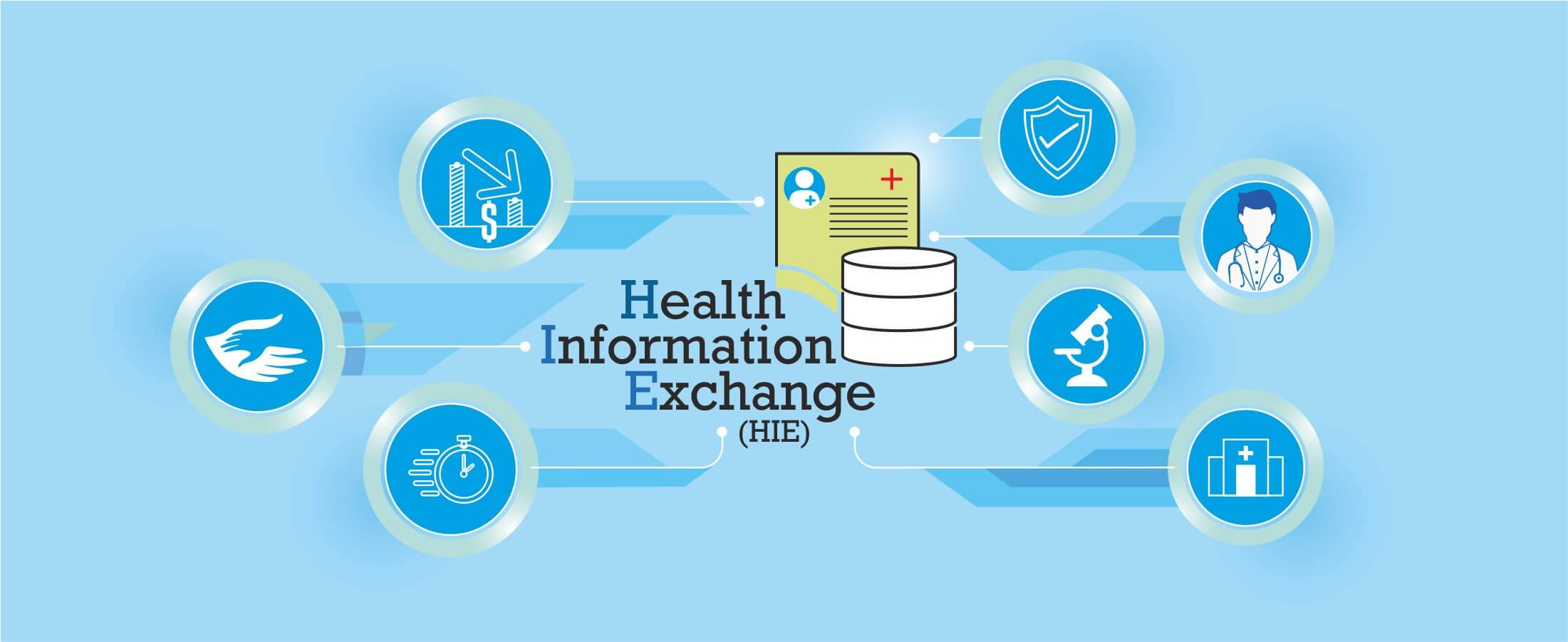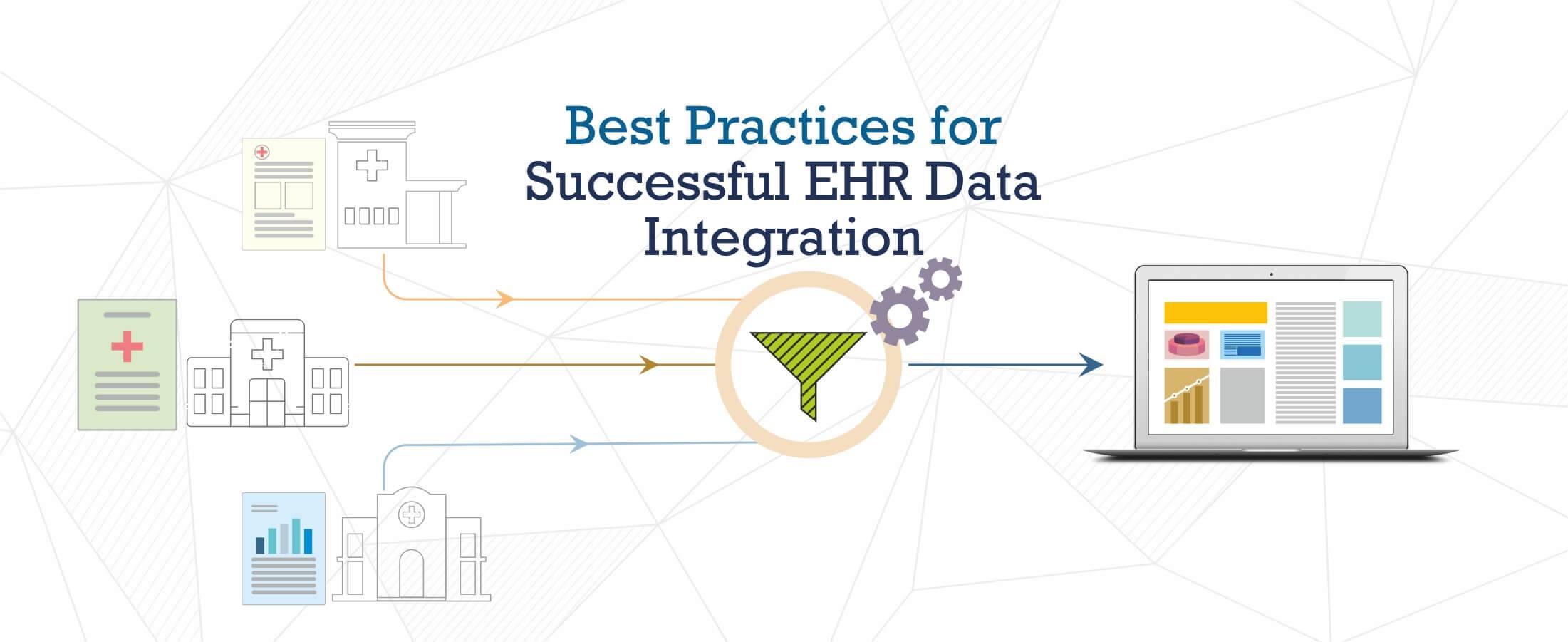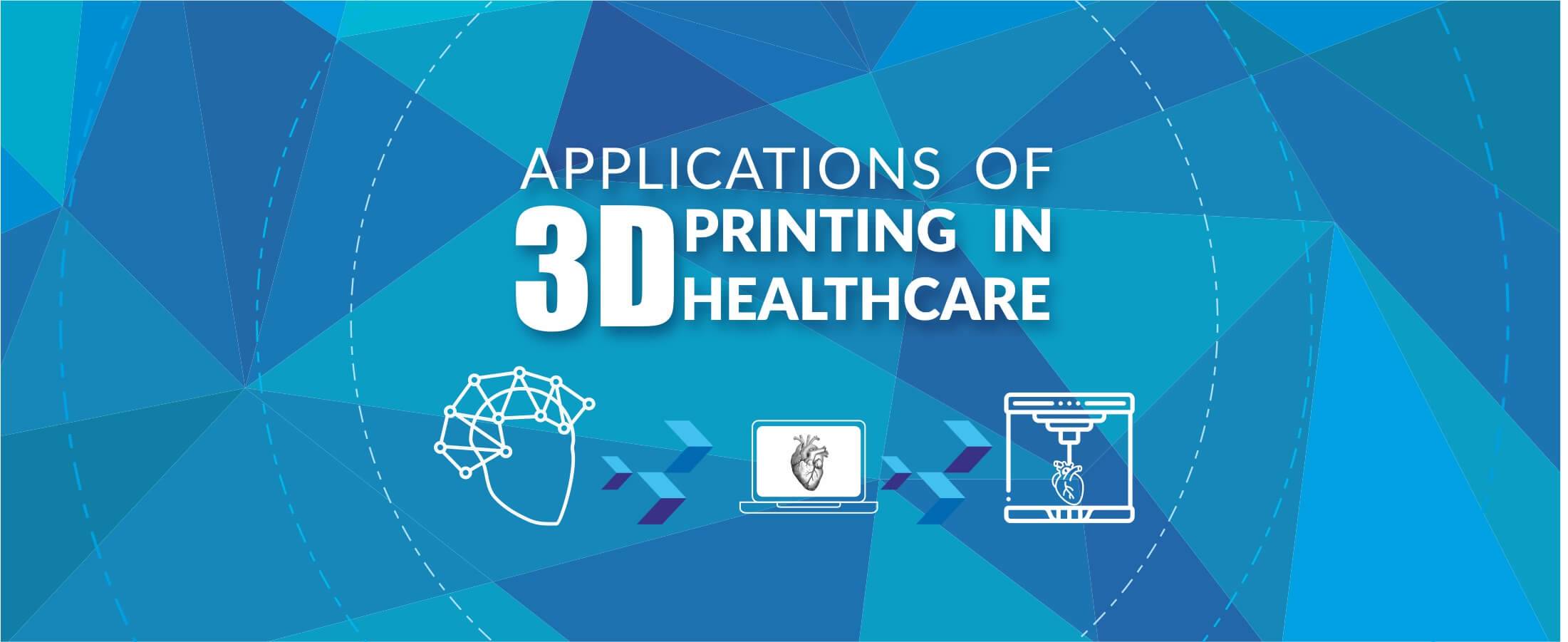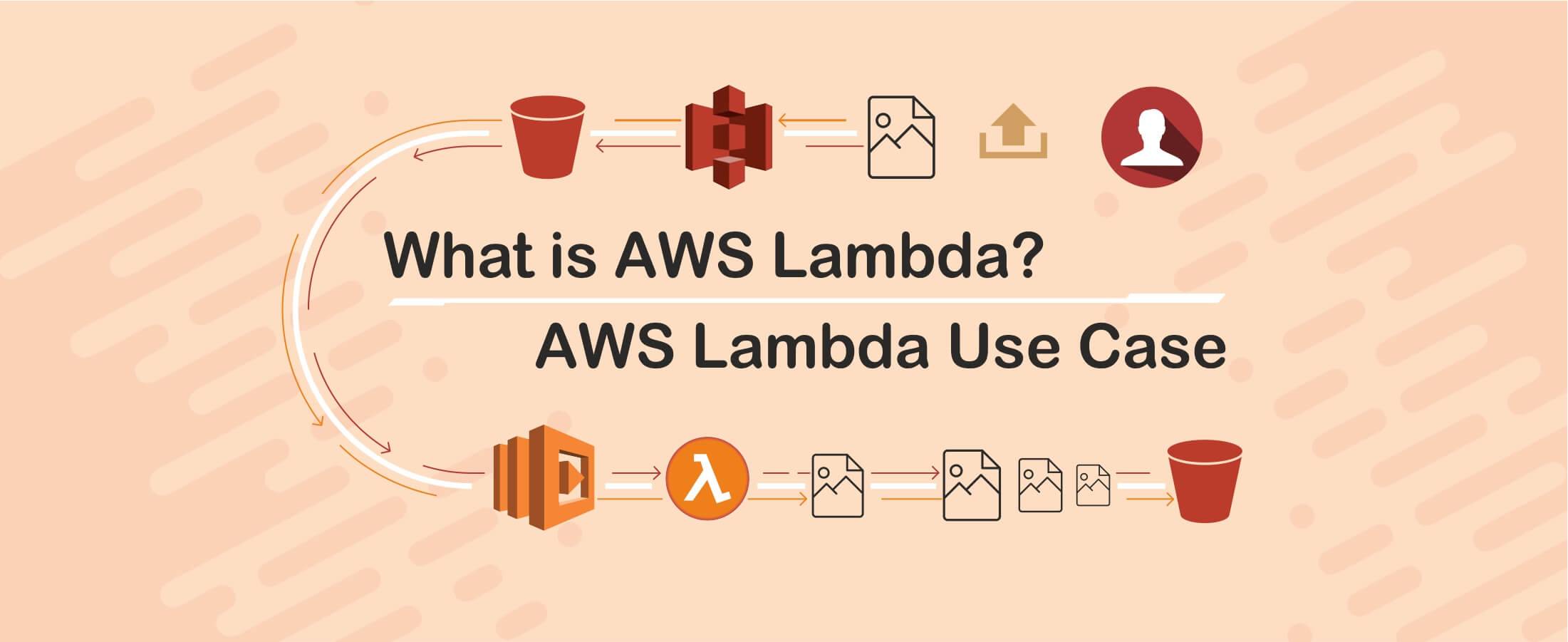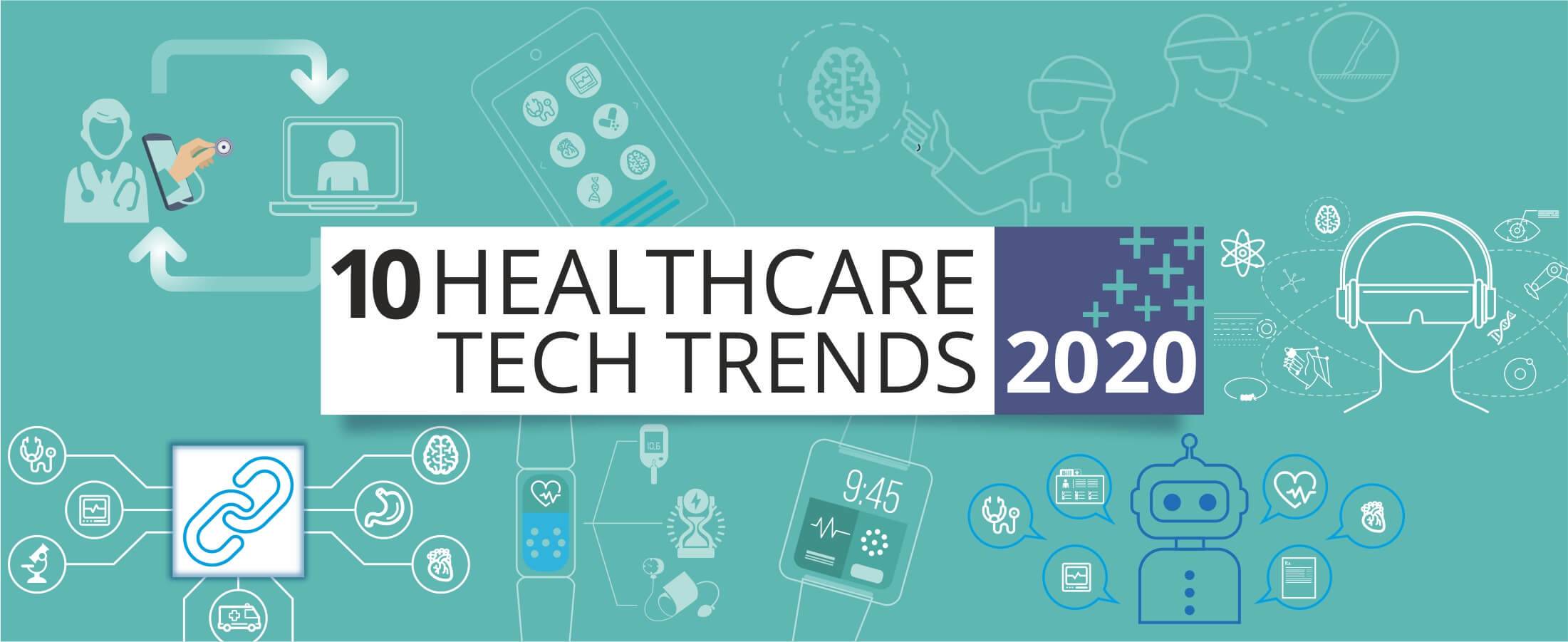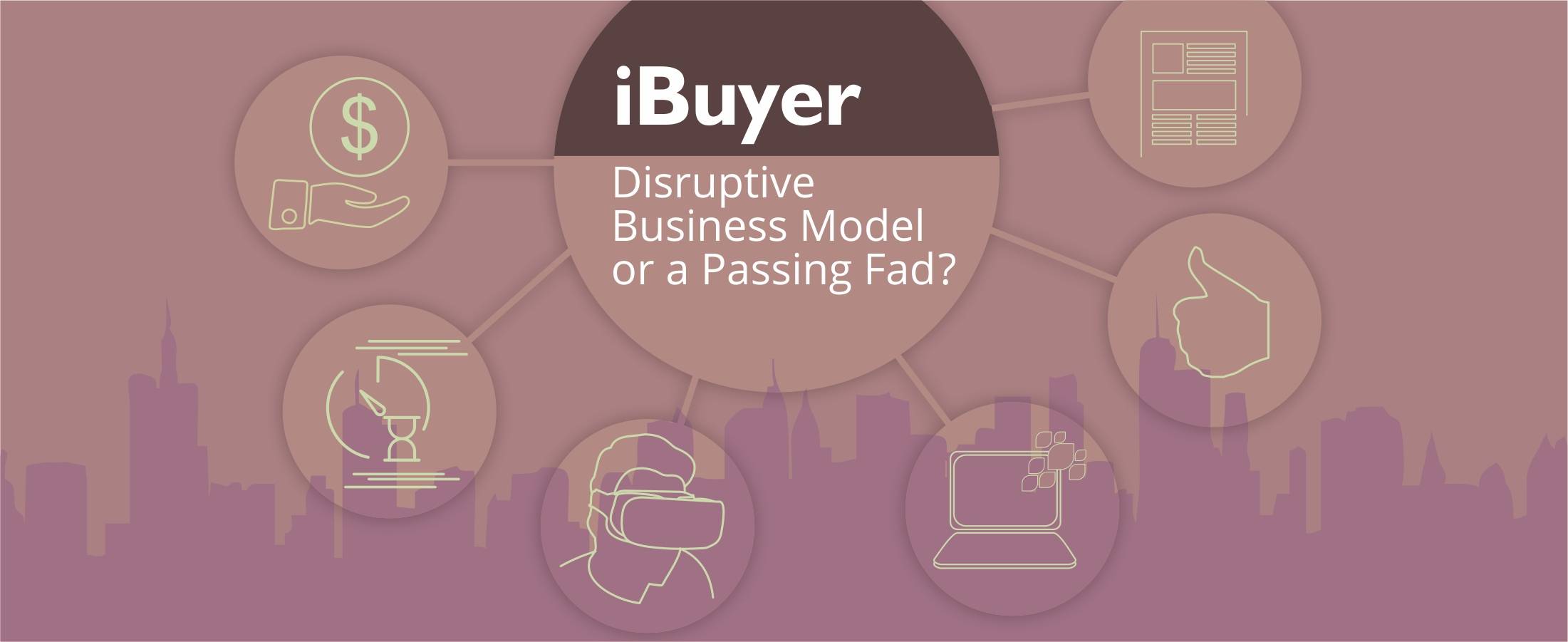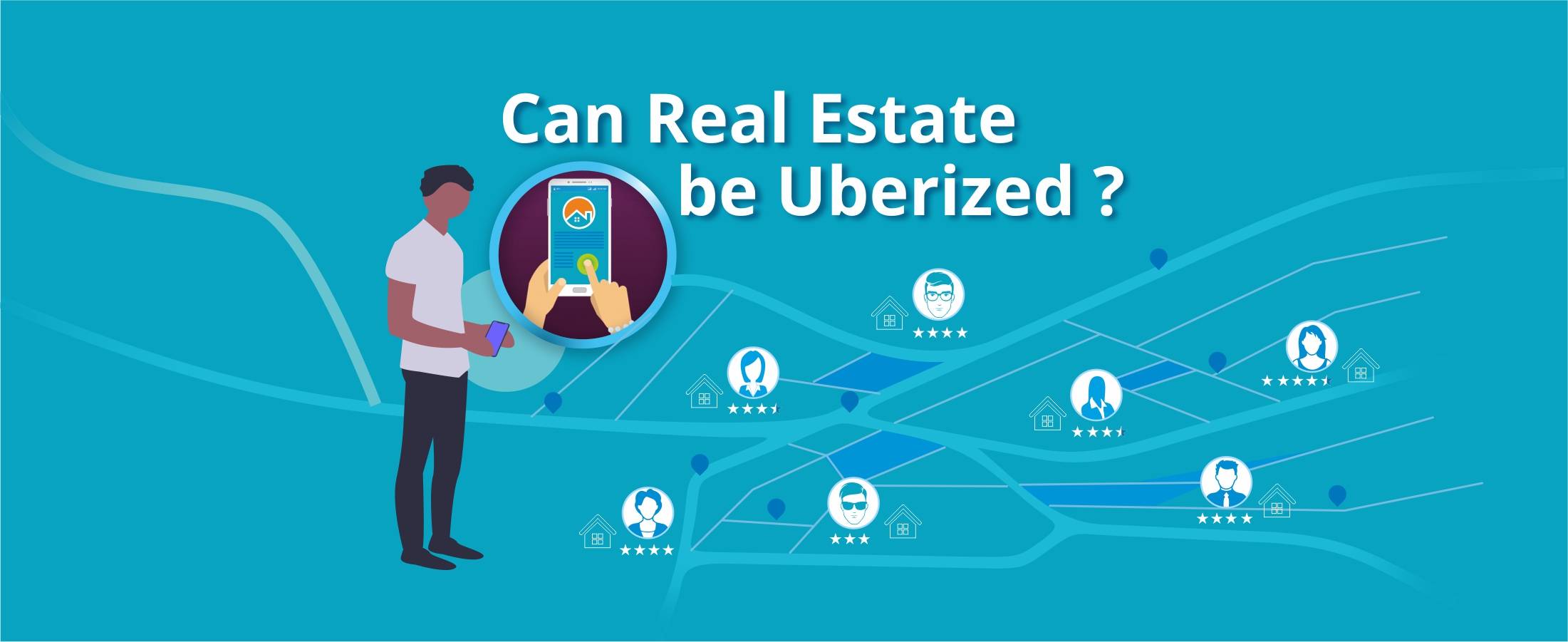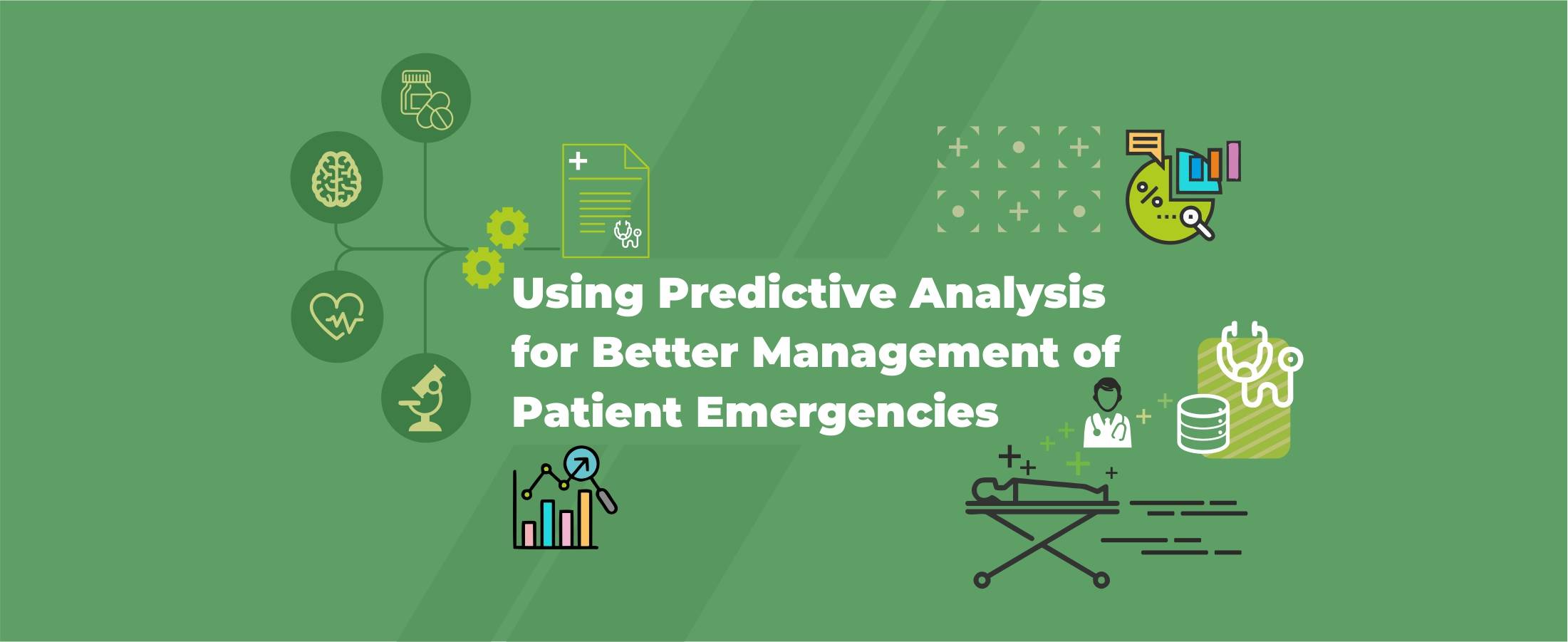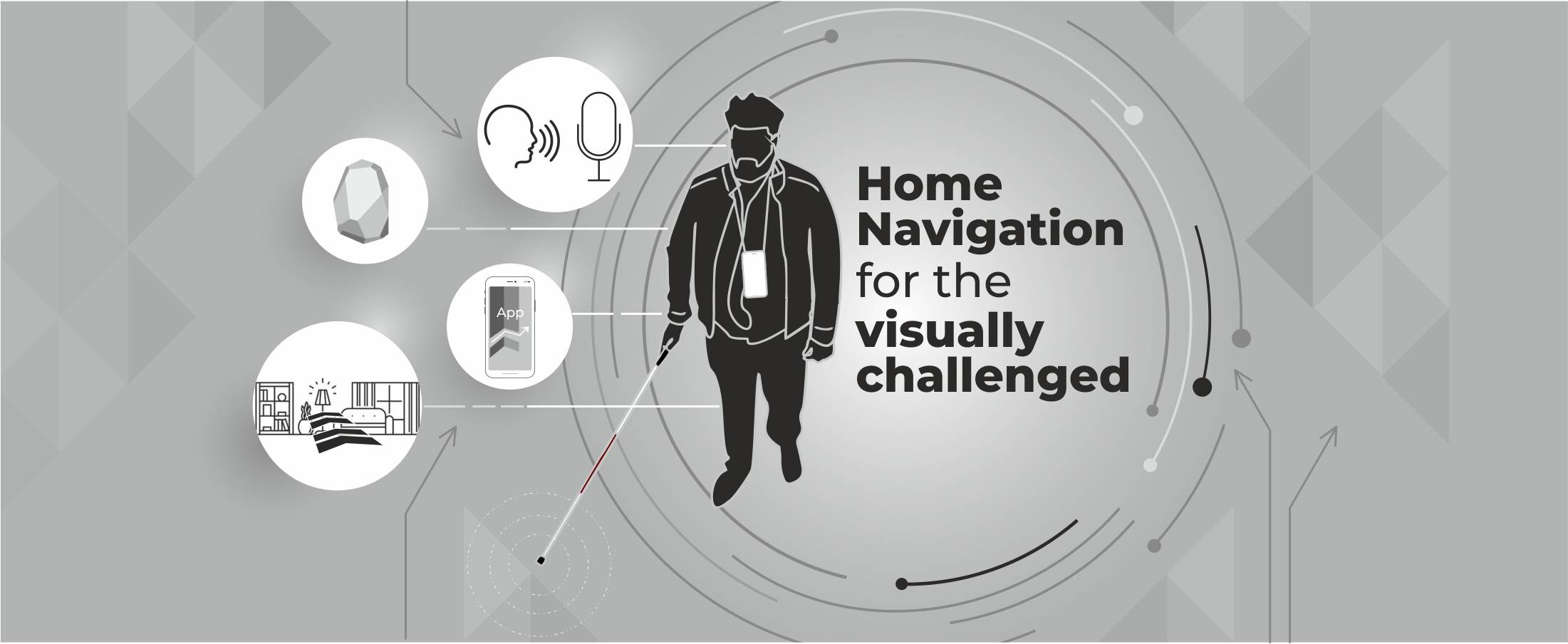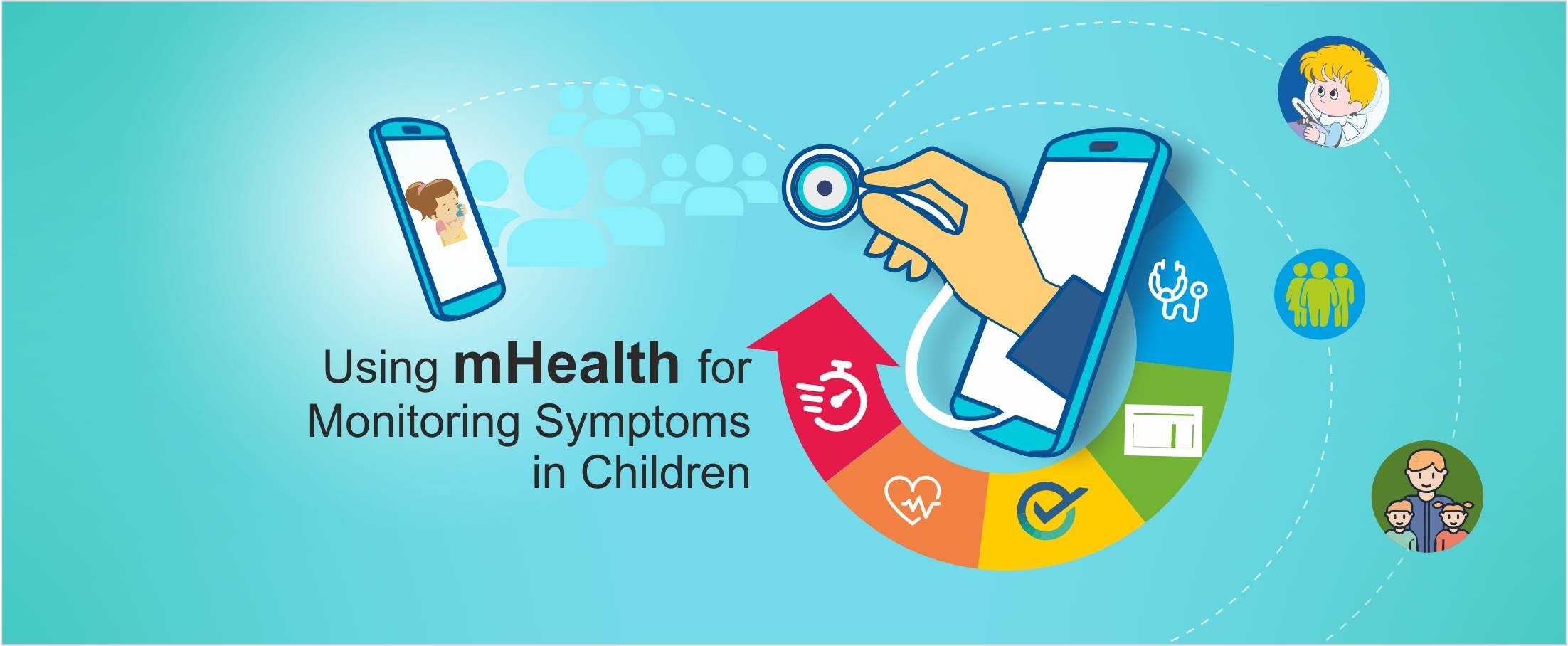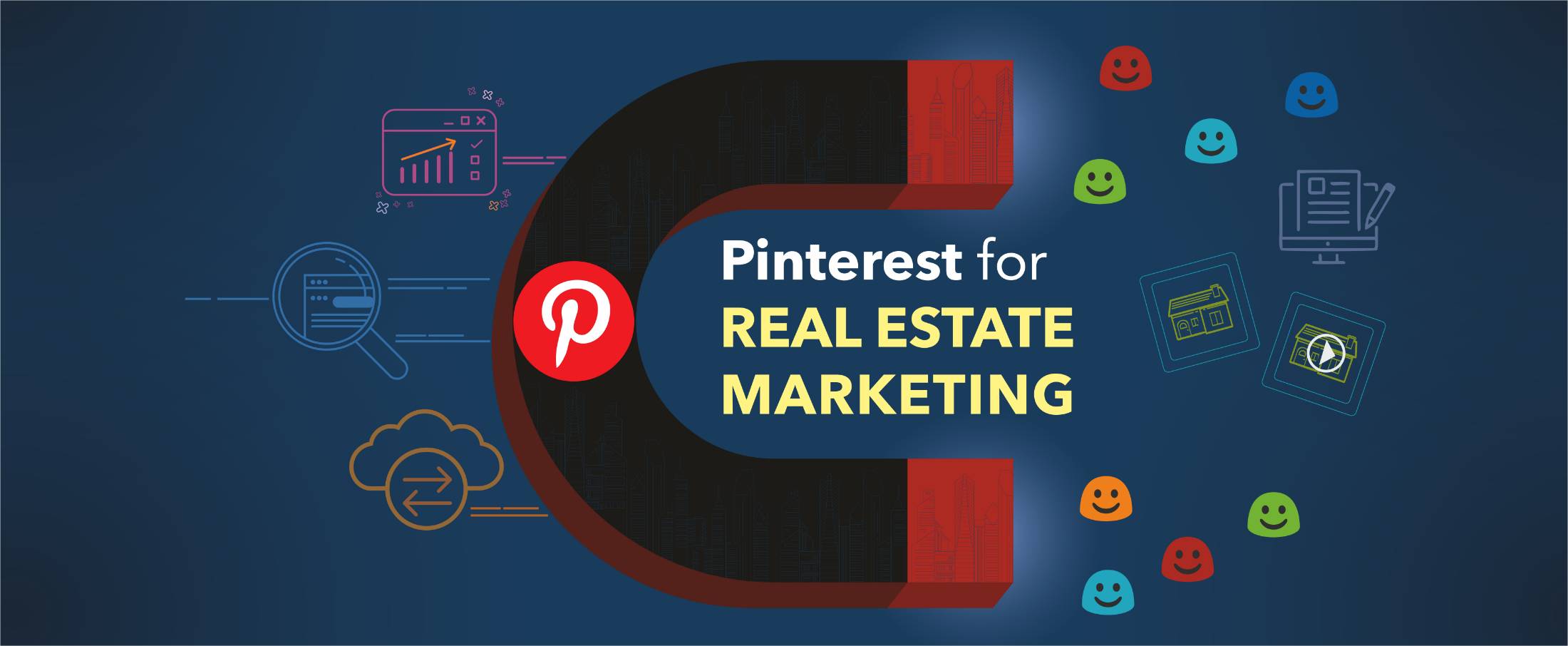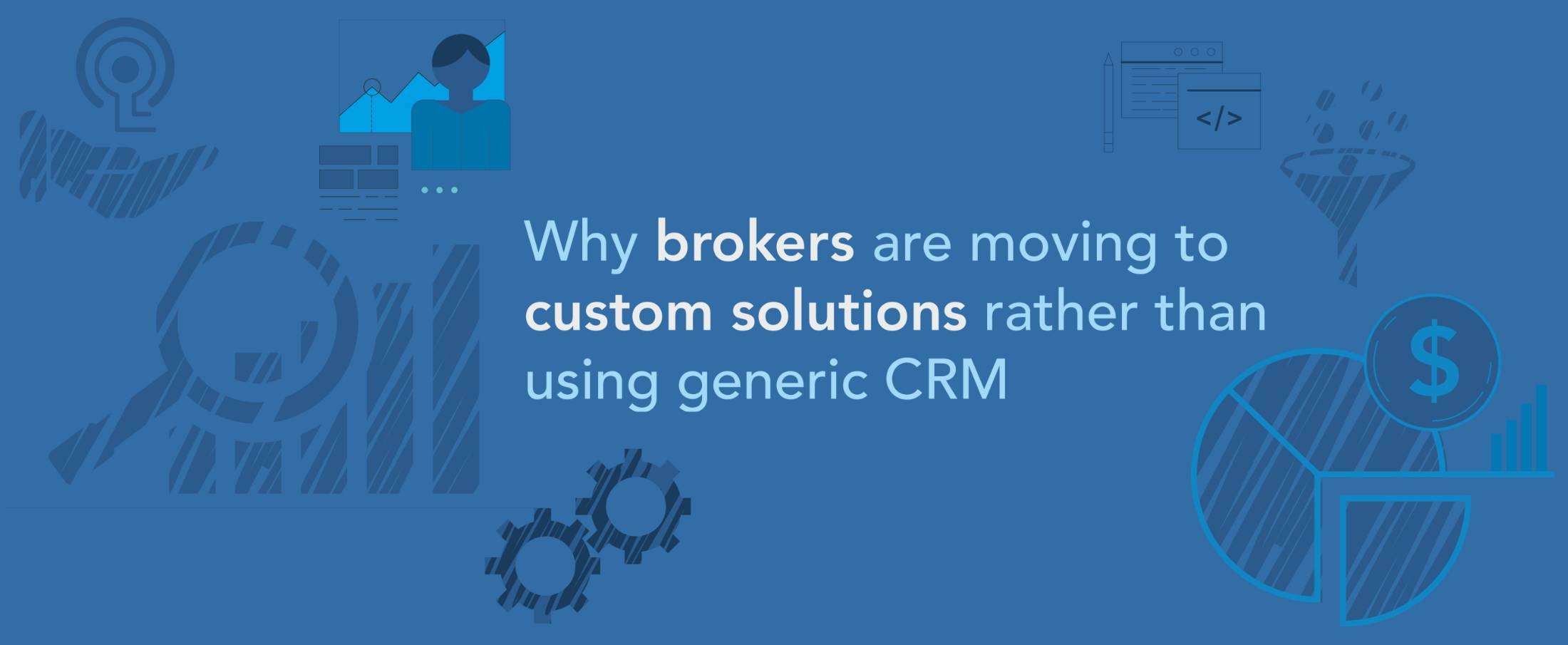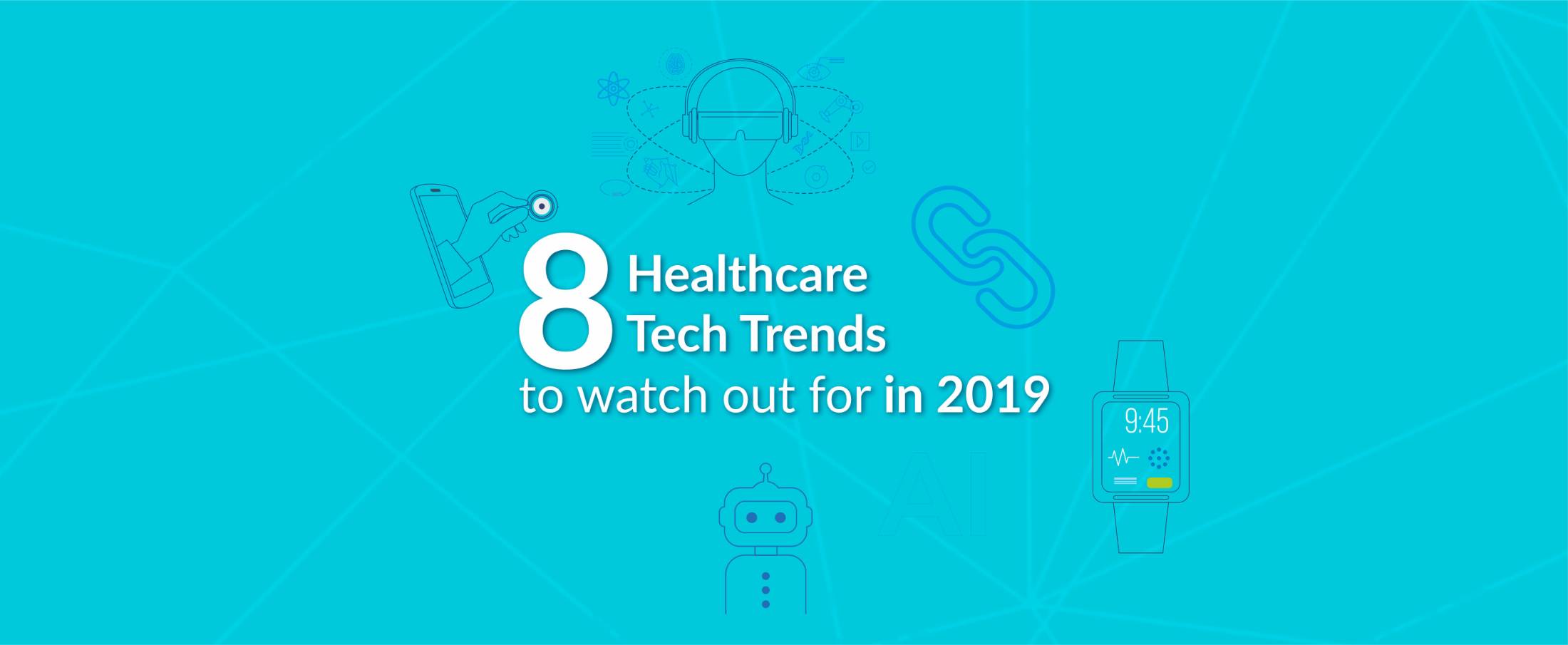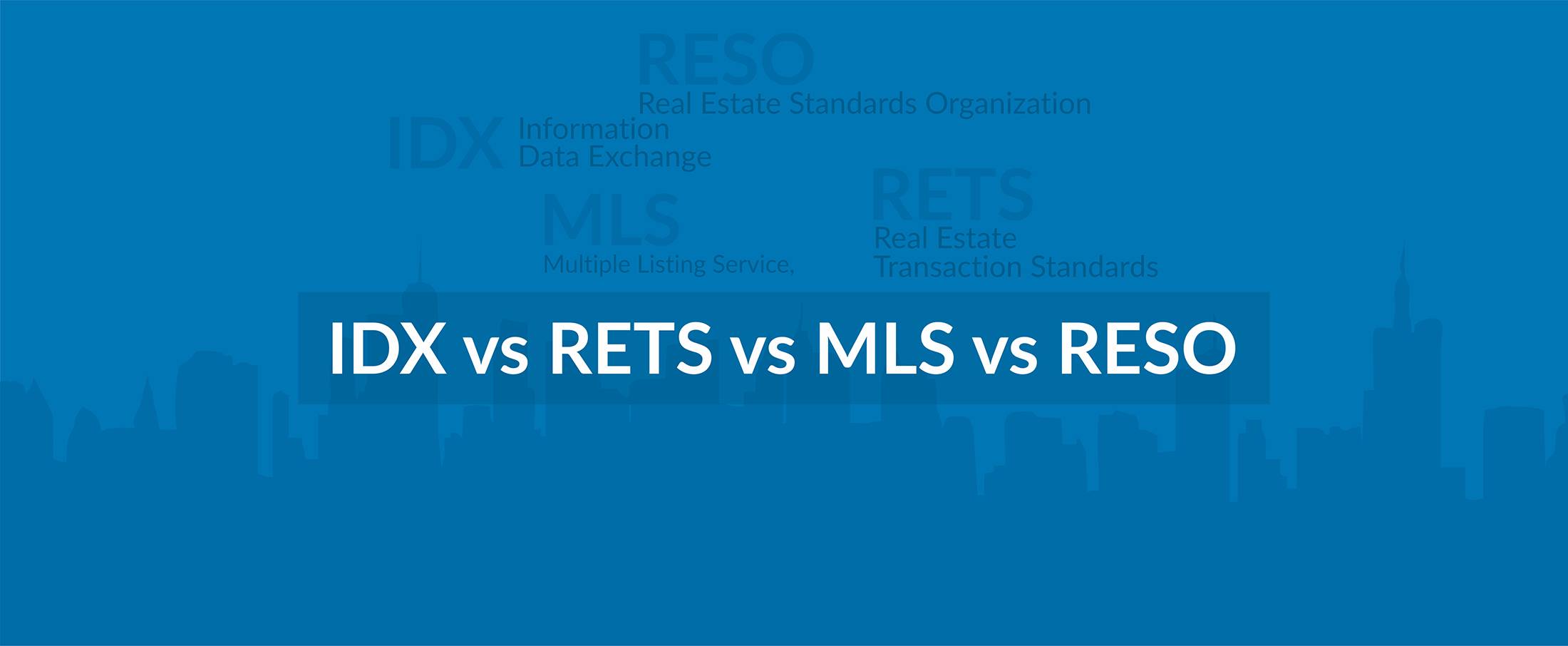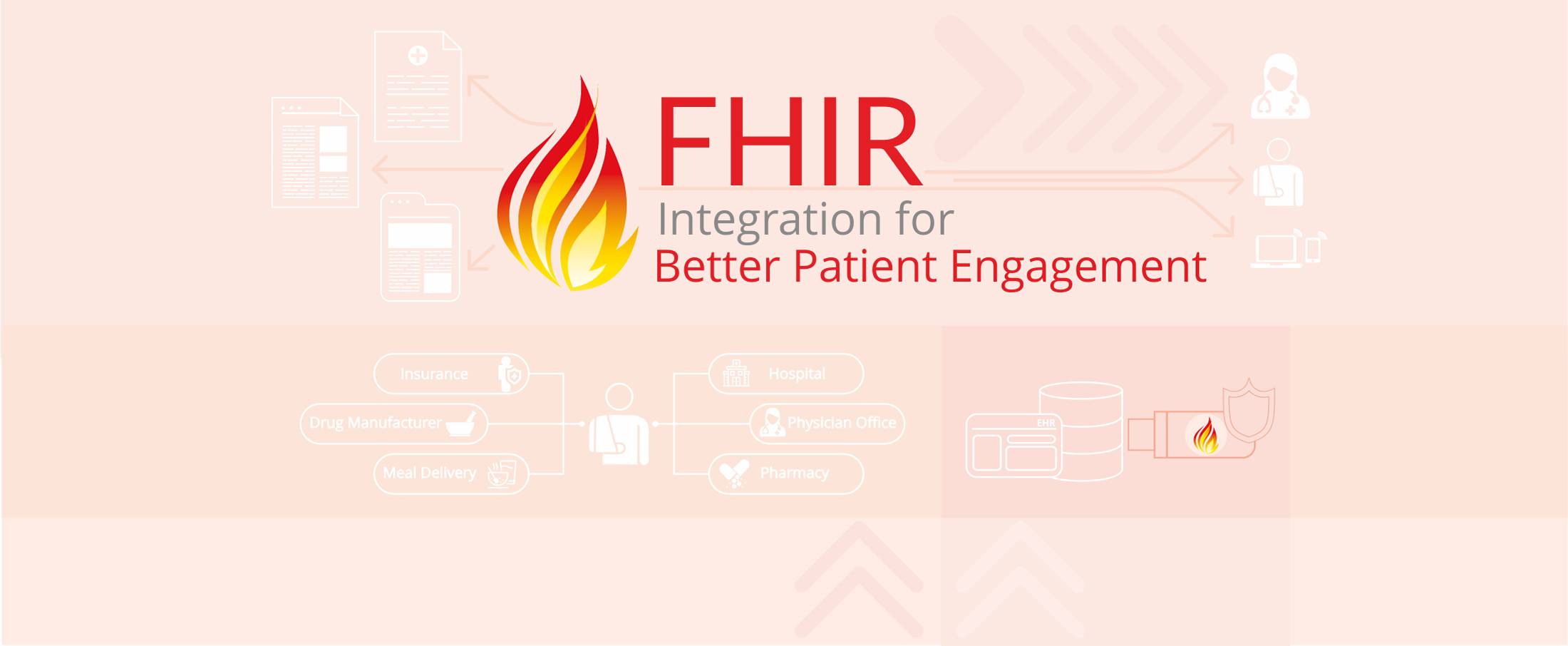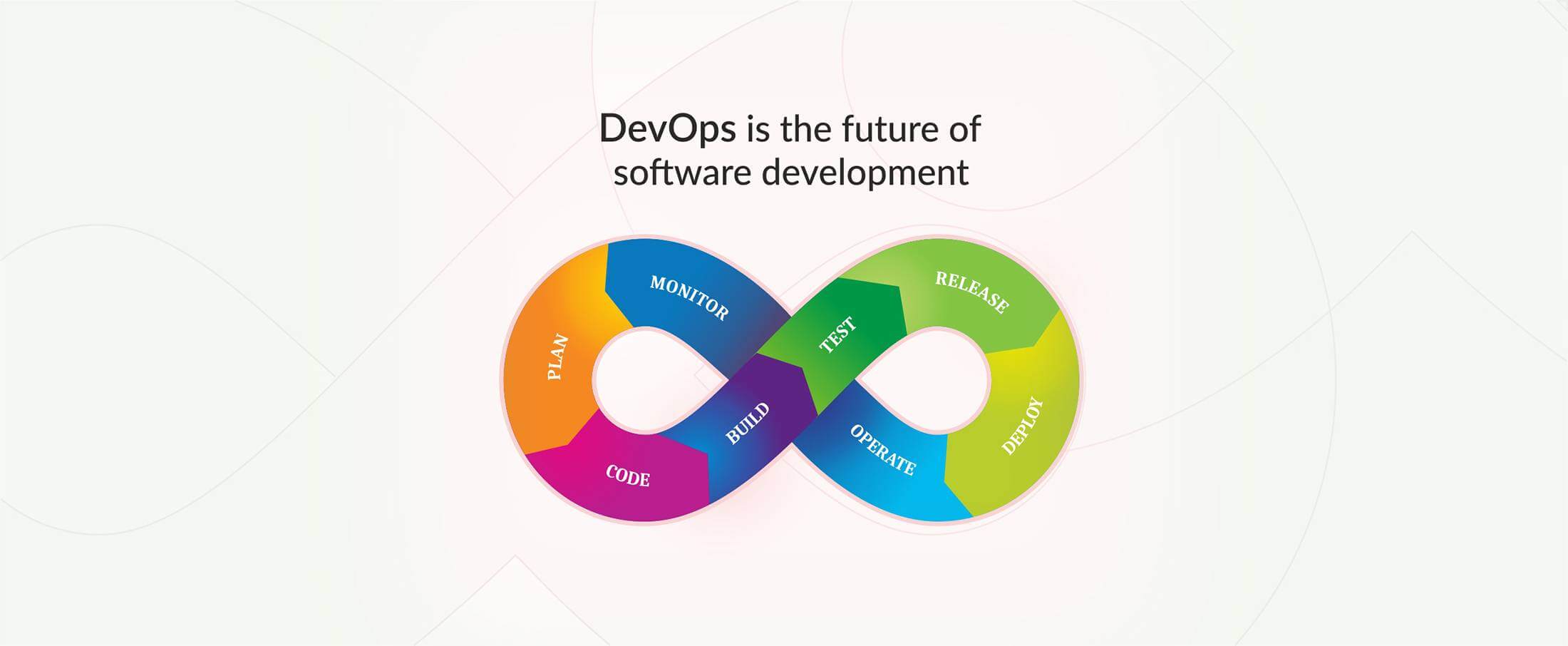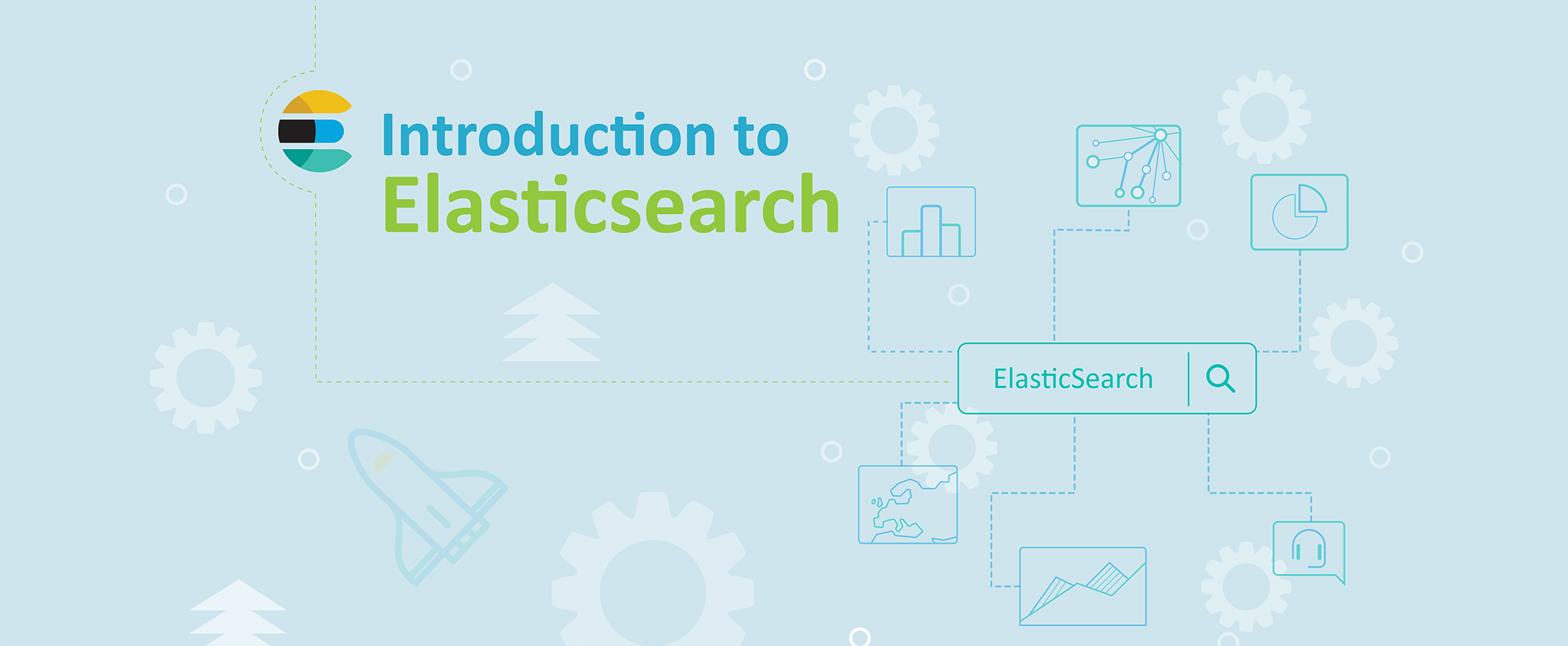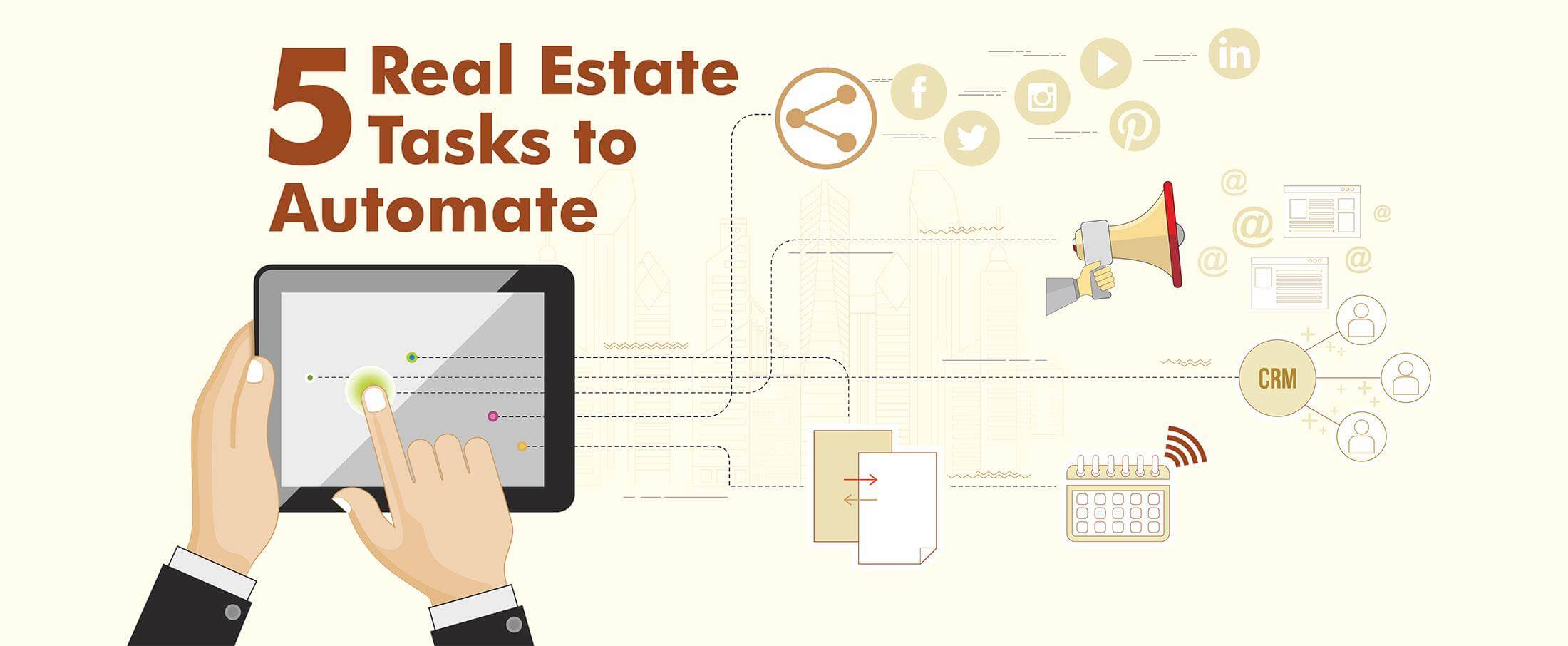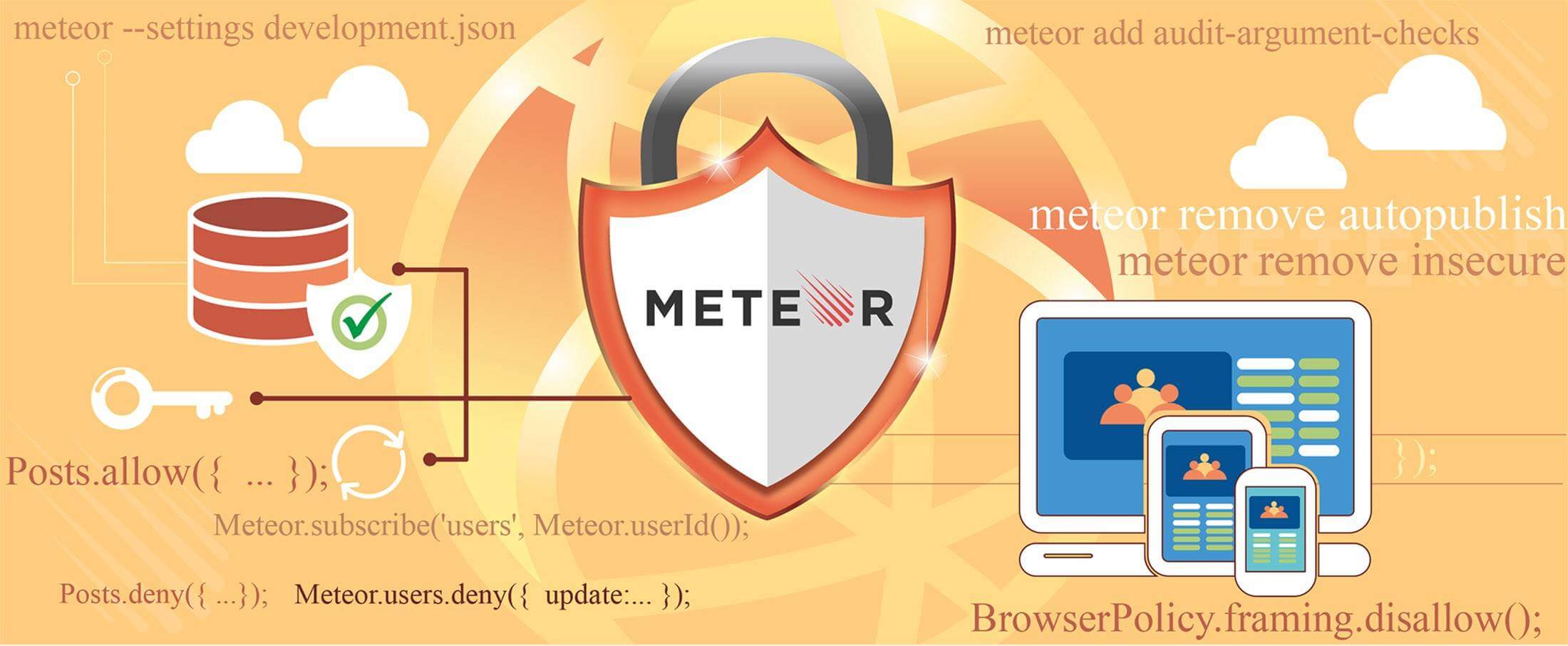Minimum Viable Product Strategy & Implementation
Minimum Viable Product Strategy & Implementation
In product development there is quite a buzz around Minimum Viable Product or MVP. This blog post will introduce you to MVP strategy and a process to implement it.
The Minimum Viable Product (MVP) is a strategy used for fast and quantitative market testing of a product or product feature, popularized by Eric Ries for web applications.
MVP strategy brings product or product feature in its most viable form quickly to the market. After the product launch market response is tested and then the product is adapted to the needs of the market and customers.
A primary goal of MVP is to figure out which products customers don’t want so you can adapt, and start thinking in a new direction, or develop products or features that are needed by customers.
Implementing Minimum Viable Product Strategy
By the definition of minimum viable product is just a product with minimum features. But in a reality it much more than just a minimum feature product. MVP has to incorporate the essential features set of the product and identifying these essential features is a crucial task.
A Minimum Viable Product may be an entire product or a sub-set of product (such as a feature). Process shown in figure can be followed while developing MVP :
1. Define your product
Sometimes you just get a product idea and you want to turn it into a reality. In this case it is beneficial to first define the purpose of your product.
2. Prepare product requirements
Prepare a product requirements document which lists the features for your product. This will help you to understand your product at a finer level.
3. Identify Priority Product Requirements (PPR)
This is a very crucial phase in MVP strategy. Identifying these requirements can be confusing and time consuming. Priority Product Requirements (PPR) are those requirements that has to be implemented in the product.
4. Find PPR dependency with other requirements
While developing softwares it is common to have one product feature dependent on the other feature. To eliminate any future conflicts these dependencies has to be identified in advance.
5. Launch the product
Develop and launch the product with defined priority product requirements.
6. Get Feedback and implement changes
After the product is launched get the feedback from the customers. Implement the changes to product according to the needs of the market and customers
This is a process generalized for every products. A more refined version of this process that can be used to create a MVP of mobile or web applications. It can also be used to test new products or to see if a startup business idea is viable.
References :
Ries, E. (2009). Minimum Viable Product: A Guide. Lessons Learned blog. Retrieved September 24, 2010, from http://www.startuplessonslearned.com/2009/08/minimum-viable-product-guide.html
Ries, E. (2008). Minimum Viable Product. SlideShare presentation. Retrieved September 24, 2010, from http://www.slideshare.net/startuplessonslearned/minimum-viable-product
- Implementation
- Minimum Viable Product
- MVP
- Strategy
Swapnil Shete
22 July 2013
